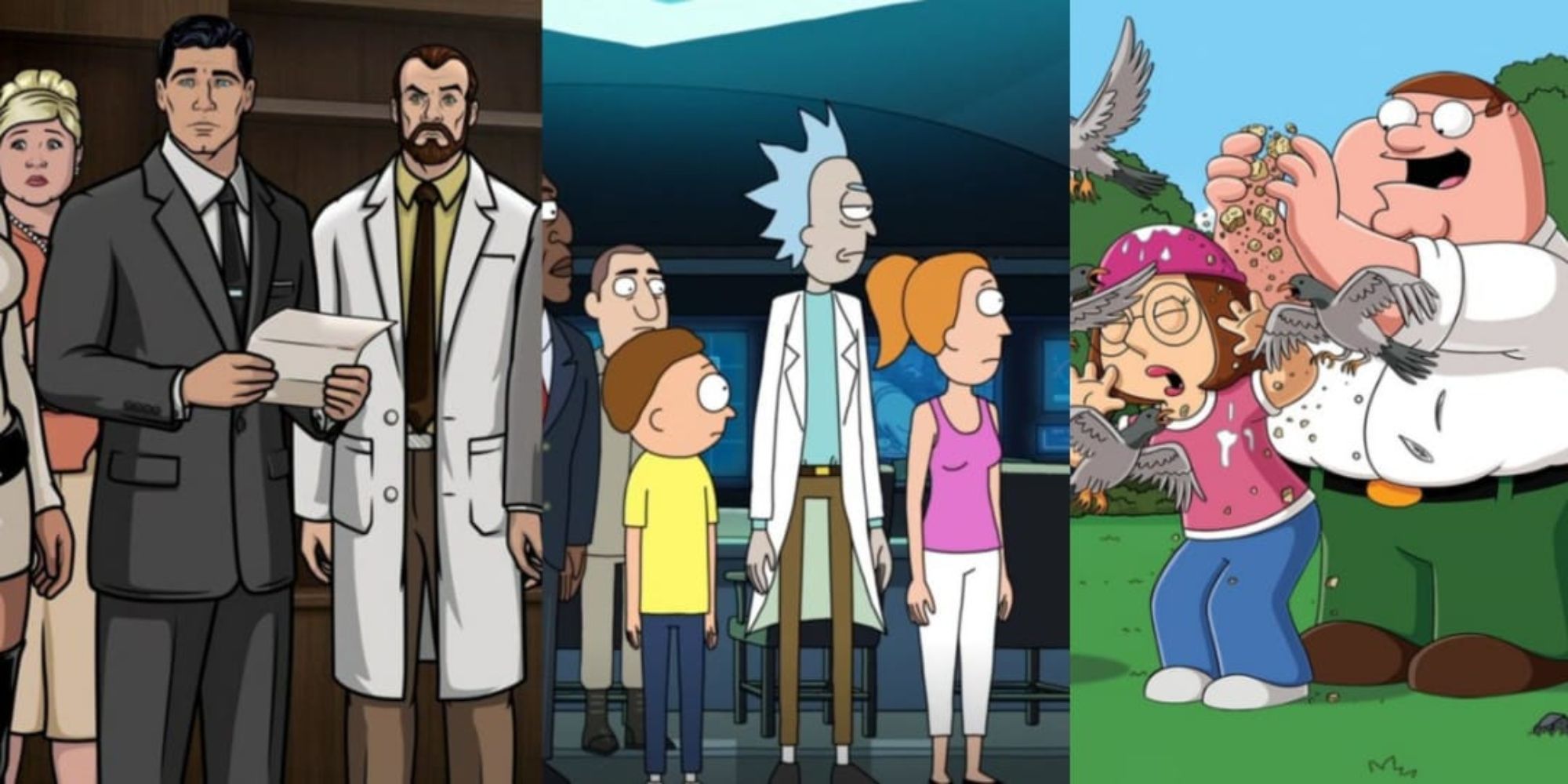
In the sprawling landscape of adult animation, few series have managed to carve out a niche as profoundly impactful and critically revered as *Rick and Morty*. Since its debut in December 2013, this American adult animated science fiction sitcom has transcended conventional genre boundaries, blending rapid-fire humor with deeply philosophical existentialism, all wrapped in a vibrant, often unsettling, interdimensional package. Created by the visionary duo of Justin Roiland and Dan Harmon, the series follows the tumultuous misadventures of Rick Sanchez, a cynical mad scientist, and his perpetually fretful grandson, Morty Smith, as they navigate an infinite multiverse while simultaneously grappling with the mundane absurdities of domestic life. Its unique blend of high-concept science fiction and relatable family dysfunction has captivated audiences worldwide, solidifying its status as a cultural phenomenon.
The journey of *Rick and Morty* from a crude animated short to a multi-million dollar media franchise is a testament to its audacious creativity and the fearless storytelling that defines its identity. What began as a “pornographic vandalization” of a beloved cinematic classic quickly blossomed into an eight-season saga (with two more confirmed), constantly pushing the boundaries of what animated television can achieve. The series has not only garnered widespread critical acclaim for its ingenious writing, unparalleled originality, and distinctive humor but has also become a benchmark for smart, provocative entertainment in the digital age. It’s a show that dares to ask profound questions about existence, purpose, and morality, often amidst grotesque alien encounters and sarcastic quips.
As we delve into the intricate layers of *Rick and Morty*, we uncover the genesis of its singular vision, the dynamic interplay of its creators, the core conflicts that fuel its narrative engine, and the meticulous craftsmanship behind its iconic animation and voice performances. From its humble beginnings in a monthly short film festival to its current standing as a global sensation, the story of *Rick and Morty* is as wild and unpredictable as its eponymous protagonists, offering an unparalleled look into the creative forces that shaped a modern masterpiece.
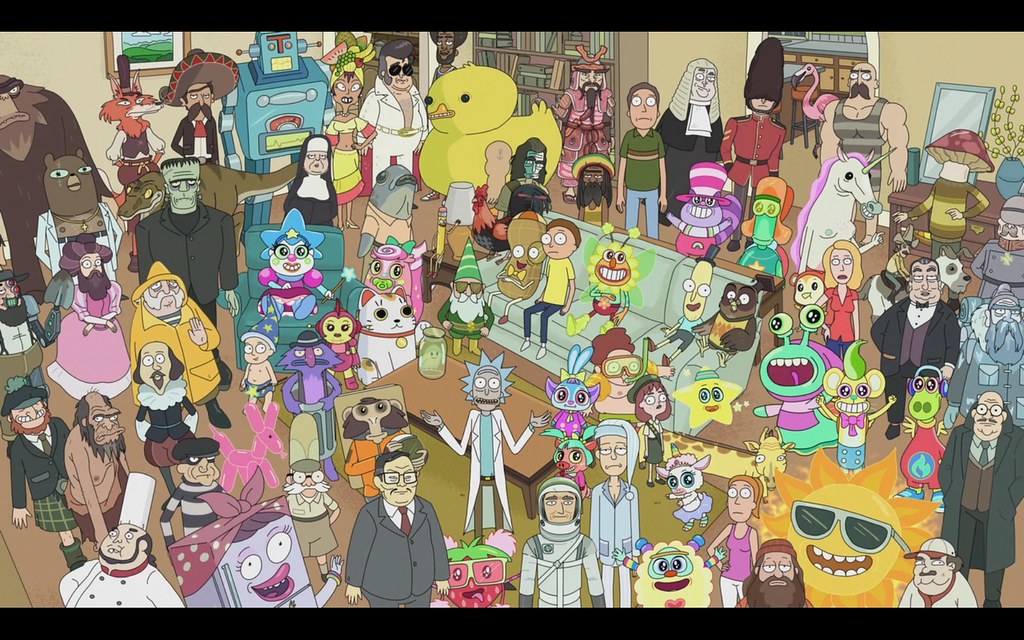
1. **The Genesis Story: From Channel 101 to Animated Phenomenon**The unconventional birth of *Rick and Morty* can be traced back to Channel 101, a non-profit monthly short film festival in Los Angeles, co-founded by Dan Harmon. It was within this experimental crucible that Justin Roiland, then a producer on reality programming, began submitting his distinct brand of content starting in 2004. Roiland’s pilots were often characterized by their “sick and twisted” elements and shock value, frequently eliciting confused, yet captivated, reactions from the live audience. Despite the initial bewilderment, Harmon recognized a unique comedic genius in Roiland’s work, a spark that would eventually ignite one of animation’s most innovative collaborations.
A pivotal moment occurred in 2006 when Roiland, feeling creatively stifled in his television work, channeled his energy into creating a webisode for Channel 101. This endeavor resulted in *The Real Animated Adventures of Doc and Mharti*, an animated short that served as a crude, R-rated parody of the beloved characters Doc Brown and Marty McFly from the *Back to the Future* film trilogy. Harmon himself would later famously describe this short as “a bastardization, a pornographic vandalization,” highlighting its boundary-pushing nature. In this notorious short, Doc Smith crassly urges Mharti to perform oral on him to facilitate time travel, a premise that, while outrageous, immediately resonated with the audience, prompting Roiland to create more shorts that expanded beyond the original cinematic inspiration.
These initial shorts, raw and unfiltered, laid the conceptual groundwork for what would become *Rick and Morty*. They established the dynamic between a volatile, intelligent older figure and his anxious, impressionable protégé, a relationship that would become the emotional and comedic heart of the later series. The raw, improvisational energy and the willingness to push societal and comedic norms inherent in these early Channel 101 productions proved to be the fertile ground from which the fully realized *Rick and Morty* would spring, demonstrating that even the most irreverent origins can lead to groundbreaking artistic achievements.
Read more about: Robert Jay Lifton: A Psychiatrist’s Profound Journey Into Humanity’s Extreme Situations and the Quest for Understanding Evil, Dead at 99
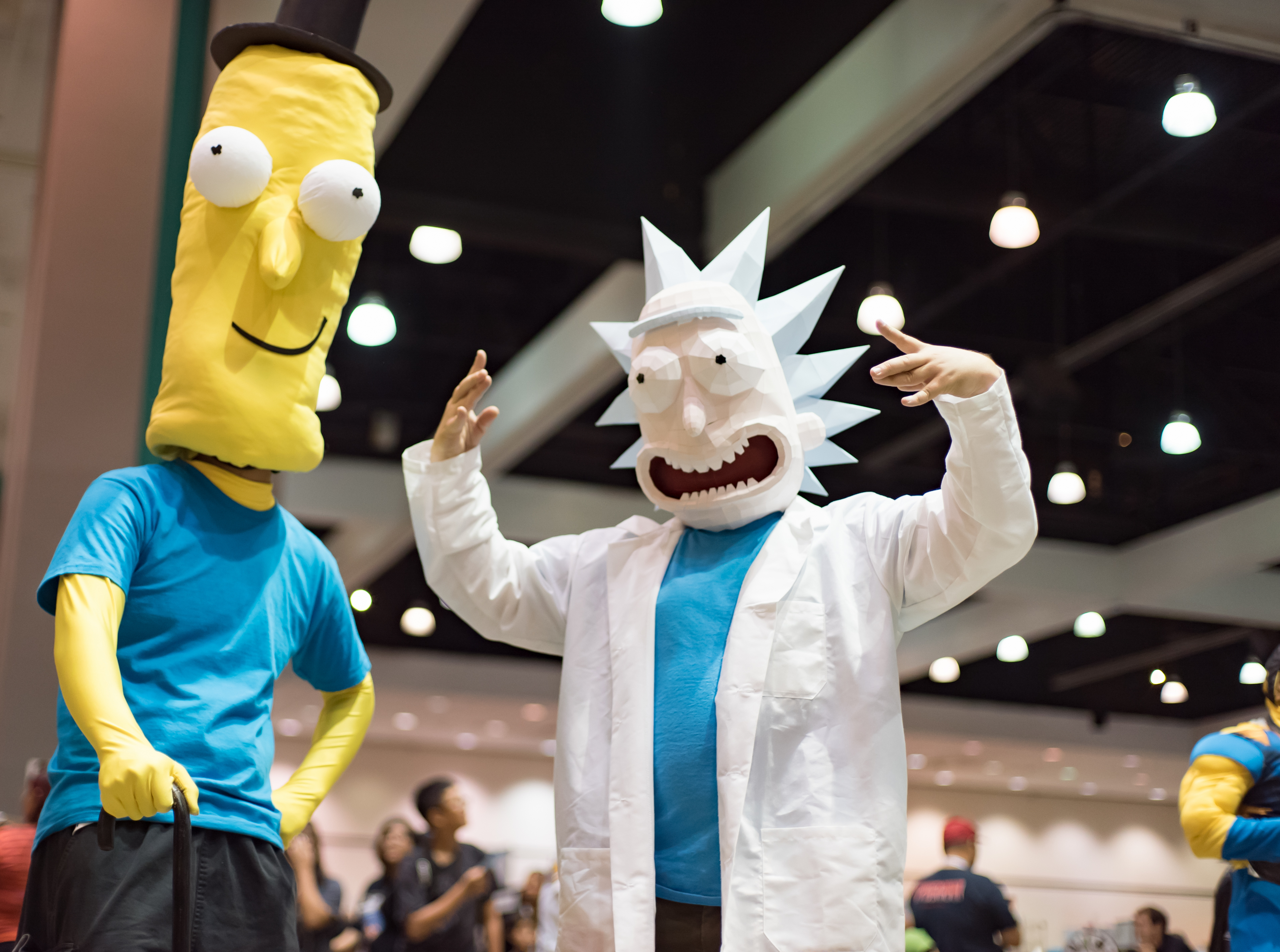
2. **Harmon & Roiland: Forging a Unique Creative Partnership**The fortuitous confluence of Justin Roiland’s raw, boundary-pushing comedic sensibilities and Dan Harmon’s renowned narrative structuring prowess truly solidified *Rick and Morty*’s distinctive identity. In 2012, after Harmon was briefly fired from his acclaimed NBC sitcom *Community*, Adult Swim, then actively seeking a prime-time “hit” show, approached him. Initially, Harmon, unfamiliar with animation and accustomed to a writing process focused on dialogue, characters, and story, viewed the channel as an unlikely fit for his style. This skepticism, however, quickly dissolved when he connected with Roiland, inquiring if he had any ideas for an animated series that could fill the Adult Swim slot.
Roiland immediately seized the opportunity, bringing up the idea of evolving his infamous *Doc and Mharti* characters, now re-envisioned as Rick and Morty. While Roiland initially envisioned the show as a series of eleven-minute segments, Adult Swim advocated for a half-hour program, necessitating a more complex structure. Harmon’s contribution here was crucial: he felt that the best way to expand the voices into a full program was to build a family around the characters, providing a domestic anchor for their interdimensional escapades. Development executive Nick Weidenfeld’s suggestion that Rick be Morty’s grandfather cemented the core familial relationship that would define the series.
Despite Roiland’s initial unreceptive stance to outside notes—having experienced burnout from three failed animated pilots for Fox and a general weariness with television development—the collaboration with Harmon proved symbiotic. The duo completed the first draft of the pilot in a remarkable six hours on the Paramount Pictures lot, in Harmon’s unfurnished *Community* office. Harmon recalled Roiland’s insistence: “‘Wait, if you go home, it might take us three months to write this thing. Stay here right now and we can write it in six hours.’ He just had a premonition about that.” This intense, immediate synergy established the breakneck creative pace and shared vision that would propel *Rick and Morty* into production and ultimately, into the annals of animation history.

3. **The Foundational Premise: Juxtaposing Domesticity with Cosmic Anarchy**At its heart, *Rick and Morty* masterfully leverages the inherent tension between two seemingly contradictory scenarios: the mundane realities of domestic family drama and the boundless, often horrifying, expanse of interdimensional adventures. This general concept relies on the misanthropic grandfather, Rick Sanchez, a cynical, alcoholic mad scientist, dragging his good-hearted but fretful grandson, Morty Smith, into a kaleidoscope of bizarre and dangerous hijinks. Their excursions often involve traveling to other planets and dimensions, utilizing portals and Rick’s signature flying saucer, which are not merely plot devices but gateways to exploring the infinite possibilities and existential dread of the universe.
Rick Sanchez, the eccentric and often morally ambiguous patriarch, eschews many ordinary societal conventions, including school, marriage, love, and traditional family values. His genius is matched only by his profound nihilism, a perspective heavily influenced by his exposure to an “infinite number of realities.” He frequently embarks on these perilous journeys with his 14-year-old grandson, Morty, whose naïve and grounded moral compass provides a crucial counterpoint to Rick’s Machiavellian ego. This dynamic is the engine of much of the show’s humor and its deeper philosophical explorations, as Morty is frequently forced to confront the harsh truths of an indifferent cosmos.
The series’ creators, Justin Roiland and Dan Harmon, explicitly envisioned this juxtaposition as a central theme. Harmon described the series as a cross between Matt Groening’s two iconic shows, *The Simpsons* and *Futurama*, effectively balancing the familiar comforts and conflicts of family life with the mind-bending scope of heavy science fiction. This blend allows *Rick and Morty* to oscillate wildly between gross-out gags and profound philosophical questions, challenging its audience to laugh at the absurd while contemplating the insignificance of human existence, a compelling formula that has proven irresistible to its dedicated fanbase.
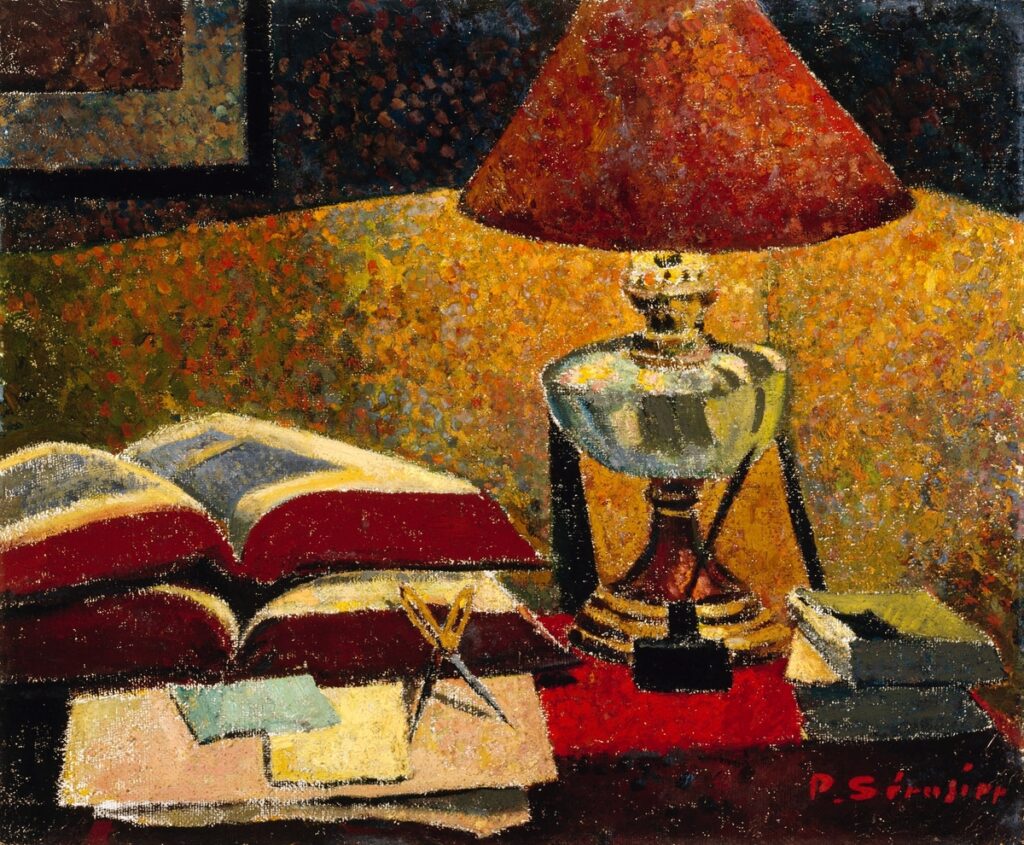
4. **The Smith Family Dynamics: A Portrait of Modern Dysfunction**Central to the narrative fabric of *Rick and Morty* is the Smith household, a suburban family residing outside of Seattle, Washington, whose lives are irrevocably altered by the presence of Beth’s father, Rick Sanchez. The family unit consists of parents Jerry and Beth, their children Summer and Morty, and Rick himself, who lives with them as an unconventional guest. Each member of this dysfunctional quintet contributes uniquely to the show’s domestic drama, providing a human anchor to the cosmic chaos that often engulfs them. Their individual personalities, flaws, and aspirations create a rich tapestry of comedic and dramatic potential.
Summer, Morty’s 17-year-old sister, is portrayed as a more conventional teenager, primarily concerned with improving her social status among her peers. Yet, she frequently finds herself entangled in Rick and Morty’s adventures, often proving to be more capable and resilient than her brother. The concept of the multiverse further complicates these character dynamics, as different versions of the characters inhabit various dimensions, with their personal characteristics varying from one reality to another. Rick Sanchez, identifying himself as “Rick Sanchez of Earth Dimension C-137″—a reference to his original universe—underscores that this particular identity does not necessarily apply to any other member of the Smith household. This fluidity allows for endless narrative possibilities, such as in “Rick Potion #9,” where Rick and Morty abandon their original dimension, leaving their original Summer, Beth, and Jerry behind, demonstrating the show’s willingness to embrace radical narrative shifts and explore the consequences of their actions across the multiverse.

5. **Crafting the Narrative: The Unique Writing Process and Story Circle**The intricate and often mind-bending narratives of *Rick and Morty* are the product of a distinctive writing process, heavily influenced by co-creator Dan Harmon’s structured approach to storytelling. Harmon has noted that the writers’ room, though significantly smaller and more “rough and tumble verbally” than that of his previous show *Community*, functions with a similar intensity. The core writing staff for the first season included Roiland, Harmon, Tom Kauffman, Ryan Ridley, Wade Randolph, and Eric Acosta, with writer’s assistant Mike McMahan also receiving credit, highlighting the collaborative and demanding nature of the early production. Unlike many mainstream productions, the show’s writing staff, similar to other Adult Swim productions, is not unionized with the Writers Guild of America, though a petition was filed in 2022 to join The Animation Guild, indicating a potential shift.
The process begins with the staff meeting to discuss and brainstorm ideas, which are then meticulously developed into a cohesive story. These discussions are enriched by anecdotes from personal life and insightful conversations about the science fiction genre, ensuring a blend of personal resonance and genre-savvy creativity. After the story is “broken” – a critical phase involving the development of its consistency, logical progression, and a clear beginning, middle, and conclusion – a writer is assigned to create a detailed outline. Roiland and Harmon then perform a “pass” on this outline, refining its structure and content before the episode undergoes several more drafts.
A key element in the structuring of many *Rick and Morty* episodes is Harmon’s “story circle,” a creation based largely on Joseph Campbell’s monomyth, or *The Hero’s Journey*. This two-act structure places the act break at an unconventional point in the monomyth, specifically after “The Meeting with the Goddess,” rather than the more traditional “Atonement with the Father.” Harmon’s perfectionism, however, has often been a double-edged sword, occasionally causing writing schedule delays. This meticulousness, for example, was a primary reason why the third season ultimately comprised only ten episodes instead of the initially intended fourteen, a testament to the show’s unwavering commitment to narrative quality over sheer quantity.

6. **Breaking the Mold: Discontinuous Storylines and Anti-Fan Service**One of the defining characteristics of *Rick and Morty*’s storytelling approach is its deliberate eschewal of traditional narrative continuity, a bold choice that sets it apart from many serialized animated series. Co-creator Justin Roiland has explicitly stated his and Harmon’s intentions for the series to feature discontinuous storylines, opting for a creative freedom “not bound by rules.” This allows the show to explore wildly divergent plots and character developments without the burden of strict adherence to a linear timeline, enhancing its unpredictability and comedic potential. The audience is constantly kept on its toes, never quite knowing how an episode’s events will ripple, or indeed, if they will ripple at all, into subsequent narratives.
Furthermore, the writing team has a stated policy of actively avoiding the revisiting of old tropes from the show’s past. This commitment stems from a fear that such repetition could “com[e] off as disingenuous fan service,” a pitfall many long-running series fall into. This conscious decision ensures that each episode feels fresh and innovative, pushing the boundaries of its established universe rather than resting on the laurels of past successes. It forces the writers to continually invent new scenarios, characters, and interdimensional calamities, fostering an environment of ceaseless creative evolution that keeps the series vibrant and engaging for both new and veteran viewers.
The production process itself often mirrored this non-linear approach. In the series’ first season, episodes were occasionally written and even animated out of order, further emphasizing the flexible approach to storytelling. A notable example is “Rick Potion #9,” which was the second episode written but was instructed to be animated as the fifth, due to its greater contextual fit within the broader narrative continuity of the season. This methodical, yet unconventional, sequencing allowed the creators to fine-tune the pacing and impact of significant story beats, demonstrating a thoughtful commitment to maximizing narrative effectiveness even within a framework designed to defy traditional continuity.
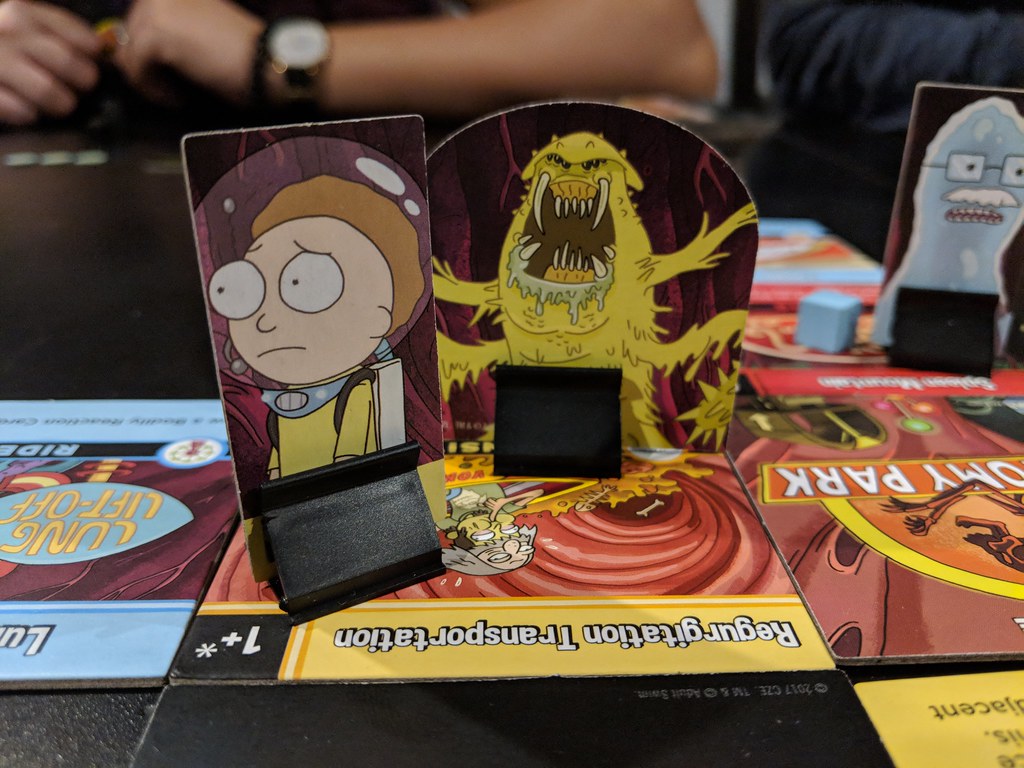
7. **Bringing Worlds to Life: The Distinctive Animation and Improvised Voices**The vibrant and often grotesquely imaginative worlds of *Rick and Morty* are brought to life through a sophisticated, yet economically efficient, animation pipeline. The bulk of the animation for the show is executed using Toon Boom Harmony, a vector-based 2D puppet software, which offers a more cost-effective solution compared to traditional hand-drawn animation methods. Post-production work, essential for adding the show’s signature visual flair and cosmic effects, is handled in Adobe After Effects, while the intricate background art, which grounds and expands the myriad dimensions visited, is crafted in Adobe Photoshop. This blend of software allows for both creative flexibility and production scalability, crucial for a show with such ambitious visual scope.
Production of the animation has seen contributions from several studios; Bardel Entertainment in Vancouver, Canada, handled the first six seasons and returned for the eighth, while Lighthouse Studios in Kilkenny, Ireland, took over for the seventh season. Co-creator Justin Roiland’s cartooning style is openly acknowledged as being heavily indebted to iconic series like *The Simpsons*, a factor he highlighted in a 2013 interview. He also drew comparisons between his style and that of contemporaries such as Pendleton Ward (*Adventure Time*) and J.G. Quintel (*Regular Show*), noting a subconscious influence: “You’ll notice mouths are kind of similar and teeth are similar, but I think that’s also a stylistic thing that … all of us are kind of the same age, and we’re all inspired by The Simpsons and all these other shows we’re kind of subconsciously tapping into.”
Another significant influence on the distinct visual style of *Rick and Morty* is John Kricfalusi’s *The Ren & Stimpy Show*. According to Roiland, the small “w-shaped mouths” that characters occasionally make are a direct reference to a similar expression frequently utilized by Ren. Season three art director Jeffrey Thompson further elaborated on the show’s style guide, explaining that characters are often drawn with intentionally odd or asymmetrical features. This deliberate design choice serves a specific purpose: to prevent them from looking “too normal to live in the Rick and Morty universe,” thereby reinforcing the show’s inherent strangeness and surrealism. Beyond the visuals, Roiland’s voice recording process is equally distinctive, characterized by a considerable amount of improvisation. This spontaneous approach is crucial in making the characters, particularly Rick and Morty themselves, feel more natural, authentic, and dynamically responsive, injecting a raw, unscripted energy that is integral to the show’s comedic timing and character authenticity.
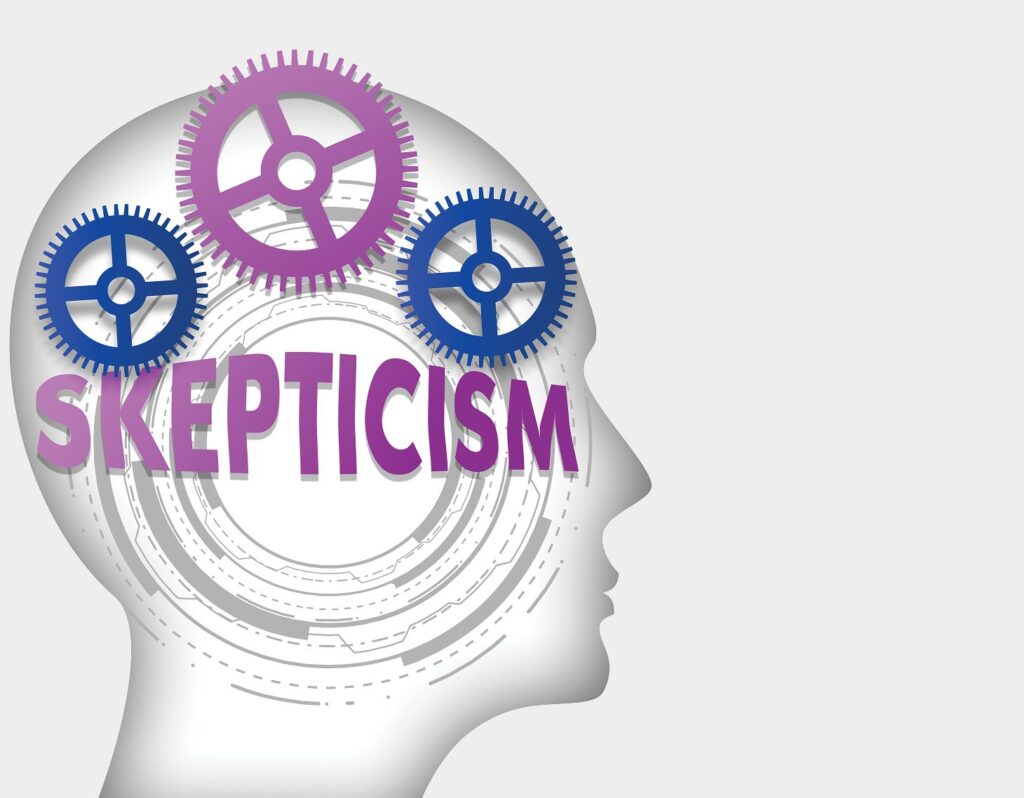
8. **Critical Reception and Unique Appeal**Since its debut, *Rick and Morty* has consistently garnered critical acclaim, carving out a significant niche in adult animation. David Weigand of the *San Francisco Chronicle* described it as ‘offbeat and occasionally coarse,’ yet effective, praising James McDermott’s animation direction as ‘fresh, colorful and as wacky as the script.’ He noted its humor felt ‘entirely original,’ despite drawing comparisons to *Futurama, South Park,* and *Beetlejuice*.
Neil Genzlinger of *The New York Times* lauded the series as ‘Grandparenting at its unhinged finest,’ highlighting its peculiar yet compelling central dynamic. Sean Sebastian of *Junkee* observed that despite initial crude animation, *Rick and Morty* is ‘exceptionally well-made’ and reveals greater depth upon closer examination. David Sims of *The A.V. Club* awarded an ‘A−,’ commending its ‘clean, simple style’ of animation alongside its ‘dark, sick sensibility,’ and Roiland’s voice talent, noting its effort to give each character depth. Even a lukewarm review from *Variety*’s Todd Spangler acknowledged it as ‘a welcome attempt to dream just a little bigger.’
This consistent quality and broad appeal are reflected in the series’ impressive 90% average approval rating on Rotten Tomatoes across its entire run, firmly cementing its reputation as a standout animated achievement.
Read more about: Eddie Murphy’s Unwavering Stance: Why the Comedy Icon Will Never Perform His Own Stunts Again

9. **Ratings Success and Audience Reach**Beyond critical praise, *Rick and Morty* has proven to be a robust commercial success, with its viewership steadily growing since the first season. Early episodes saw viewership figures double and even triple, signaling its rapid ascent in popularity and audience engagement.
Its third season achieved the highest ratings in Adult Swim’s history, demonstrating an impressive 81 percent increase in overall viewers compared to the second season, and was notably identified by a Nielsen poll as the most watched television comedy for adults aged 18 to 24. This broad appeal was further emphasized by the president of Adult Swim, who remarked that *Rick and Morty* ‘goes beyond just appealing to millennials,’ resonating with viewers of virtually every age group.
The fourth season commenced strongly, drawing 2.33 million viewers, a figure close to the show’s average. However, viewership saw a roughly 40% drop in its split second half compared to season three, yet it maintained consistent engagement, even when competing against programs like *The Walking Dead*. The season five premiere garnered 1.7 million YouTube views within 12 hours and 1.9 million TV views. The season six premiere, on September 4, 2022, recorded the highest telecast ratings for specific younger female and male demographics (18-34) and was the second most-viewed non-sports program overall for ages 18-49, continually affirming its robust and diverse audience.
Read more about: The Gabor Sisters: How Three Hungarian-American Socialites Conquered 1950s Hollywood with Glamour and Wit
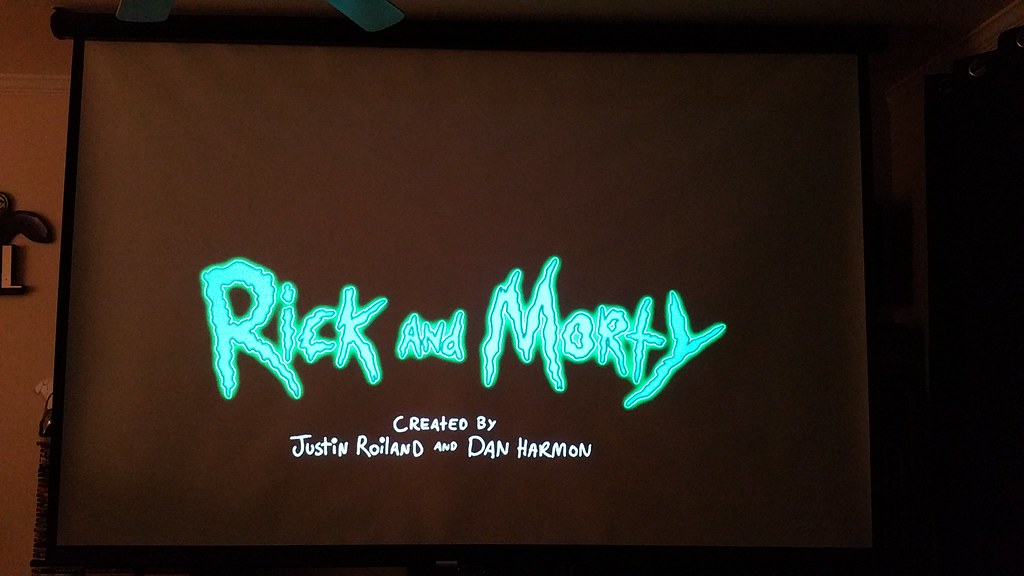
10. **Comedic Style and British Influence**The comedic heart of *Rick and Morty* lies in its general formula: the dynamic interplay between the selfish, alcoholic Rick Sanchez and his anxious grandson Morty Smith on interdimensional adventures, grounded by the often-dark domestic drama of the Smith family. Co-creator Dan Harmon described this blend as a hybrid of *The Simpsons* and *Futurama*, masterfully balancing family life with complex science fiction.
The show’s style draws from Justin Roiland’s *House of Cosbys* (e.g., character self-announcements) and British television, with Harmon citing *The Hitchhiker’s Guide to the Galaxy* and *Doctor Who*. This influence positions Morty as the audience’s proxy, experiencing events from his perspective, as Harmon noted: ‘we don’t want to be the companions… we idolize the Doctor, but we don’t think like him, and that’s really interesting.’
Its meta-awareness frequently features characters acknowledging the narrative or subtly breaking the fourth wall. *The New Yorker*’s Troy Patterson called it ‘a decadent regurgitation of all its [postmodern] tropes, all at once, leavened by some humanistic wistfulness.’ Sean Sebastian of *Junkee* praised its ability to be ‘hilarious and deeply disturbing,’ excelling at the ‘intersection between big ideas, flippancy and wit.’
Read more about: From Telenovela Star to MCU Hero: Salma Hayek’s Unstoppable Journey Through Hollywood and Beyond!
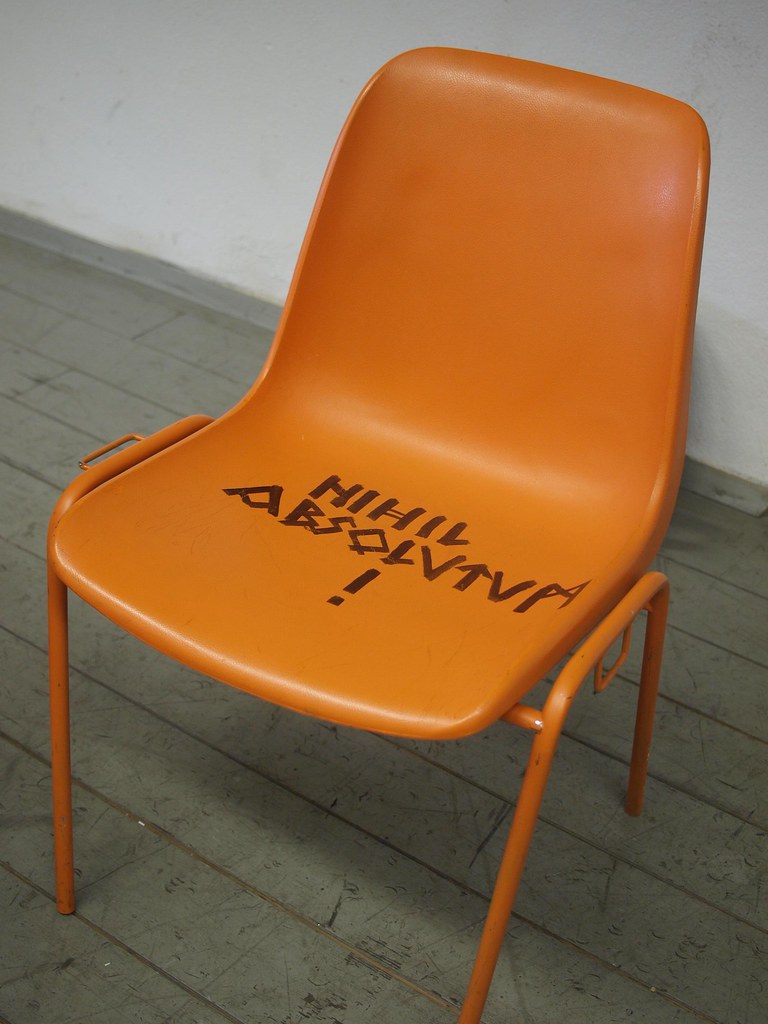
11. **Philosophical Underpinnings: Nihilism and Existentialism**Beyond its comedic facade, *Rick and Morty* profoundly explores philosophical themes, particularly humanity’s insignificance in the vast, indifferent universe, reflecting Lovecraft’s cosmicism. Genovesi from Bonn University identifies a dominant nihilistic worldview within the series, underscoring its often bleak stance on meaning. Characters are routinely forced to confront cosmic horror and existential dread, choosing between asserting scientific utility or embracing ignorant bliss.
Yet, Joachim Heijndermans of *Geeks* observes that none truly cope: Jerry lives in denial, while Rick, despite his genius, is depicted as a ‘depressed, substance-addicted, suicidal mess,’ revealing the heavy emotional toll of his vast knowledge. Dan Harmon describes Rick as a self-interested anarchist, attributing Rick’s ‘mental illness’ to his cosmic perspective where ‘the knowledge that nothing matters—while accurate—gets you nowhere.’ Mental illness is a recurring theme, powerfully shown when Rick’s therapist delivers a fierce critique of his fundamental immaturity.
Matthew Bulger of *The Humanist* suggests the show advocates for focusing on human relationships over unanswerable questions to find purpose and lead more fulfilling lives. Eric Armstrong of *The New Republic* posits Morty as the audience’s surrogate, whose journey of discovery empowers him to value his own life and avoid succumbing to depression amidst the cosmic chaos, demonstrating a nuanced path to self-acceptance.
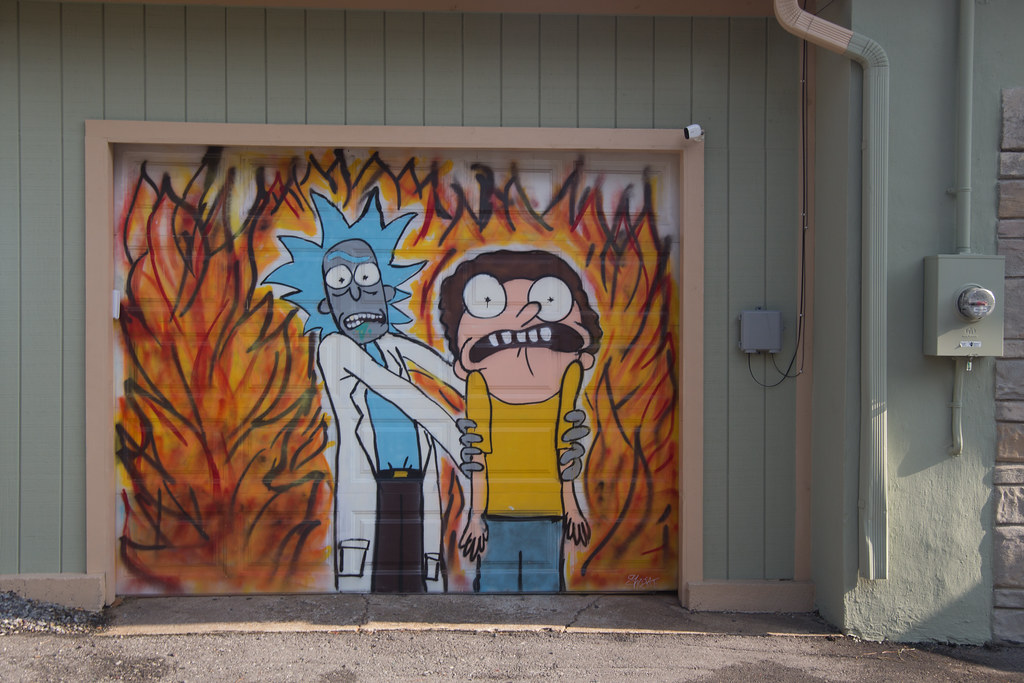
12. **The Roiland Controversy and Recasting**January 2023 brought significant challenges to *Rick and Morty* as news broke that co-creator Justin Roiland was charged with felony domestic battery and false imprisonment in Orange County, California, stemming from an alleged January 2020 incident. This was followed by additional allegations concerning his behavior towards minors on social media.
Adult Swim promptly severed ties with Roiland, firing him and confirming season seven production would continue with his roles recast. Notably, in March 2023, all criminal charges against Roiland were dropped due to insufficient evidence; however, Adult Swim’s decision to part ways with the co-creator remained firm.
At San Diego Comic-Con 2023, producer Steve Levy confirmed that Roiland’s distinctive voice work would be replaced by ‘soundalikes,’ ensuring no discernible alterations to the characters. The new voices for Rick and Morty debuted in the season seven trailer released in September 2023, with Ian Cardoni as Rick and Harry Belden as Morty officially revealed at the season’s October 15, 2023 premiere, successfully maintaining the characters’ established vocal identities and continuity.
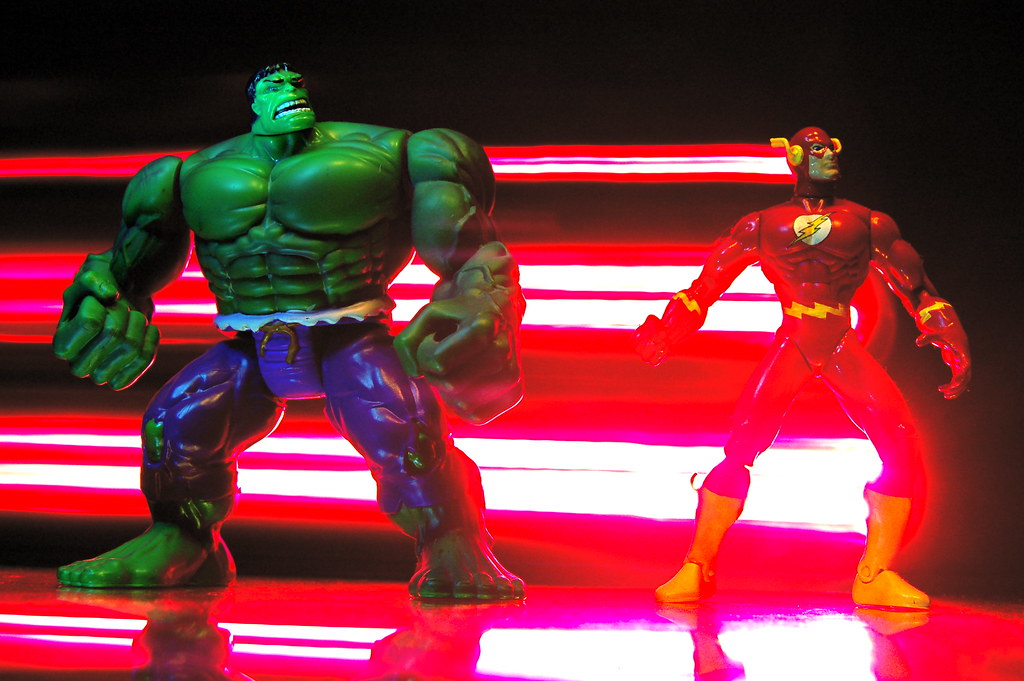
13. **Industry Impact and Creative Legacy***Rick and Morty*’s influence has profoundly impacted the entertainment industry, with many former storyboard artists and crew members developing their own acclaimed shows or securing major roles, showcasing the series’ significant contribution to fostering creative talent and new voices.
Justin Roiland and showrunner Mike McMahan notably co-created *Solar Opposites*, an animated sci-fi sitcom for Hulu frequently compared to *Rick and Morty* for its similar style and humor. McMahan further expanded his portfolio by launching *Star Trek: Lower Decks*. Writer Michael Waldron, who contributed to *Rick and Morty*, went on to pen scripts for high-profile Marvel projects such as *Loki* and *Doctor Strange in the Multiverse of Madness*, famously acknowledging that he and colleagues were ‘cashing in on our ‘Rick and Morty’ street cred.’ Jeff Loveness, another alumnus, contributed to *Ant-Man and the Wasp: Quantumania*.
Erica Hayes, a storyboard writer and director for the series, transitioned to Netflix’s popular animated series *Big Mouth*. Alex Hirsch, creator of *Gravity Falls* and an alumnus who worked on a *Rick and Morty* episode, later executive produced *Inside Job*, another series drawing thematic and stylistic comparisons. Pete Michels, who directed over twenty *Rick and Morty* episodes, also directed episodes of *Inside Job*, highlighting a direct and influential lineage of creative talent stemming from the groundbreaking Adult Swim production.
Read more about: Unraveling the Shadows: The Unresolved Questions Surrounding the Death of Diddy’s Key Associate

14. **Awards, Accolades, and Future Expansion***Rick and Morty* has earned widespread industry recognition, securing numerous awards and nominations throughout its run. It has notably won the Primetime Emmy Award for Outstanding Animated Program twice (2018 and 2020), two Annie Awards, and a Critics’ Choice Television Award for Best Animated Series, alongside accolades from IGN, Golden Reel, and Saturn Awards, cementing its status as a consistently acclaimed animated series.
The prospect of a *Rick and Morty* feature film has long been a topic of enthusiastic discussion among fans and creators alike. Justin Roiland expressed a strong desire for an R-rated film adaptation in 2019, a sentiment producer Scott Marder echoed in June 2021, calling it a matter of ‘when,’ not ‘if.’ Even acclaimed American filmmaker Zack Snyder publicly indicated his interest in directing a *Rick and Morty* science fiction movie, underscoring the project’s broad potential appeal.
Expanding the *Rick and Morty* universe, several exciting spin-off series are in various stages of development. *Vindicators 2*, a 10-episode short spin-off centered on the fan-favorite Vindicators team, premiered in July 2022. Building on the success of earlier anime shorts, Adult Swim announced *Rick and Morty: The Anime*, a full spin-off series to be directed by the acclaimed Takashi Sano. Additionally, a new spin-off focusing on President Curtis was revealed at San Diego Comic-Con on July 25, 2025, promising a diverse and expansive future for the franchise across various narrative formats.
Beyond dedicated series, Rick and Morty have made memorable cameo appearances in other media, extending their cultural footprint. They appeared in 2021’s *Space Jam: A New Legacy*, humorously claiming to have experimented on the Tasmanian Devil before, disgusted by the results, dropping him onto LeBron James’s rocket windshield. They also featured prominently in the iconic couch gag at the beginning of ‘Mathlete’s Feat,’ the final episode of *The Simpsons*’ twenty-sixth season, in an opening that saw Rick’s crash-landing accidentally kill the family, prompting Morty to embark on a mission to revive them.
The franchise has also ventured successfully into the comic book world, starting with a monthly adaptation titled ‘BAM!’ on April 1, 2015, initially written by Zac Gorman and illustrated by CJ Cannon, with artist Tom Fowler later contributing. The first two volumes ingeniously utilized the television series’ established premise of alternate timelines to tell original stories without conflicting with the show’s canon. From the third volume onwards, with Kyle Starks taking over as writer, the series shifted its focus to depict the off-screen adventures of the specific Rick and Morty from the television series, further enriching the lore of Earth Dimension C-137 and its myriad counterparts.
Read more about: The Fenty-Mayers Family Grows! Rihanna and A$AP Rocky Embrace a New Chapter as They Welcome Their Daughter
As we reflect on *Rick and Morty*’s phenomenal journey from its irreverent origins to its current status as a cultural behemoth, it’s evident that the series has fundamentally reshaped the landscape of adult animation. Its daring narrative structures, philosophical depth, and unyielding commitment to pushing creative boundaries have not only captivated millions but have also inspired a new generation of creators. With sustained critical acclaim, unwavering commercial success, and an ever-expanding multiverse of content, *Rick and Morty* continues to affirm that even in the vast, indifferent cosmos, such an audacious story can forge profound meaning and an enduring legacy, cementing its place as a true modern masterpiece.


